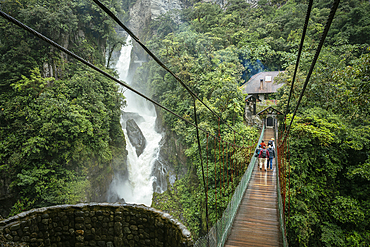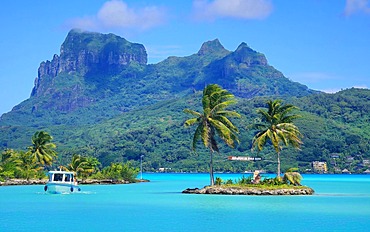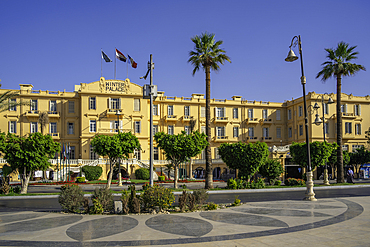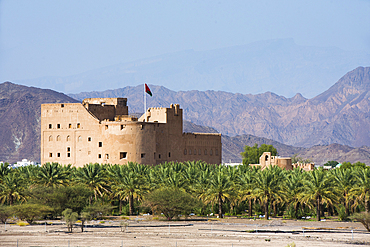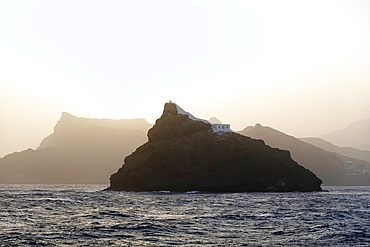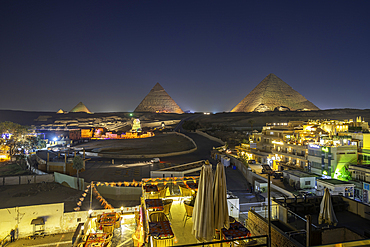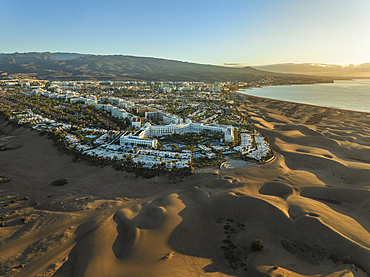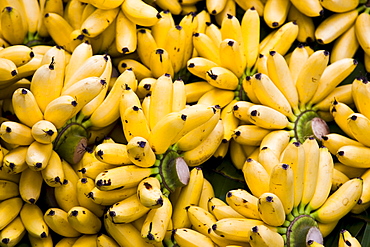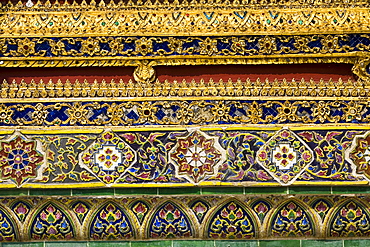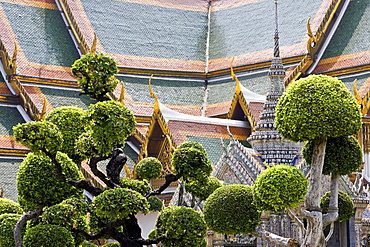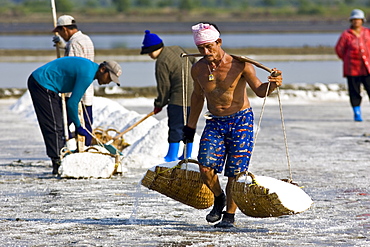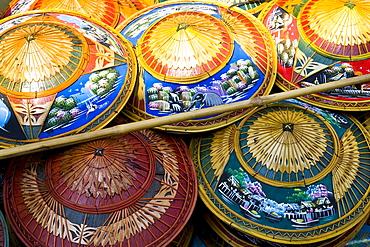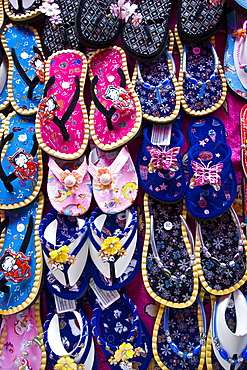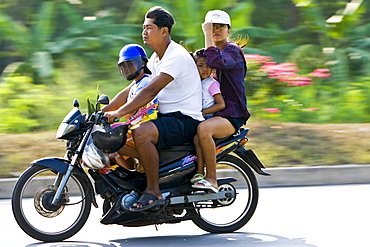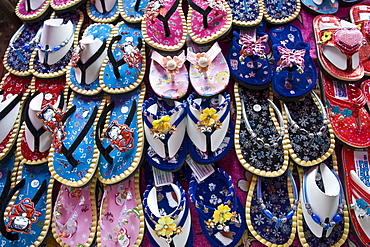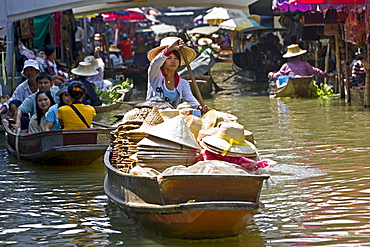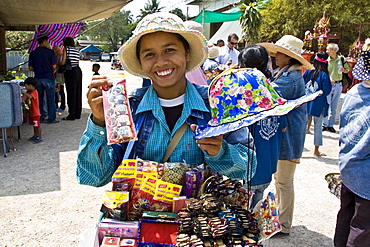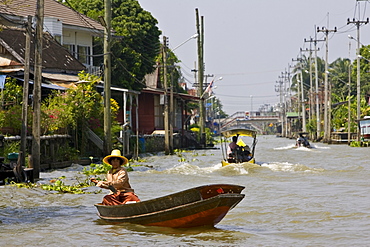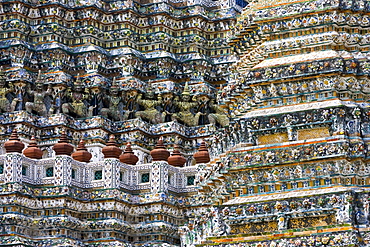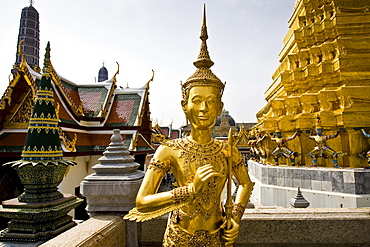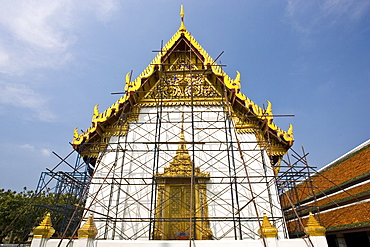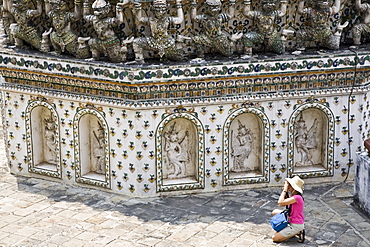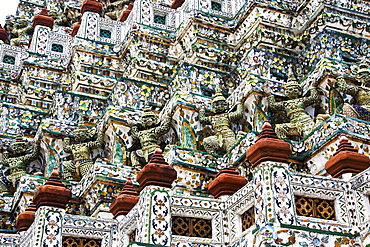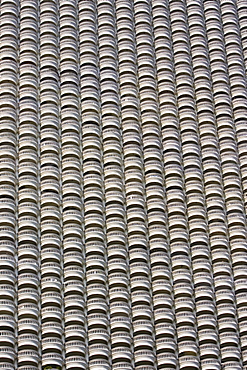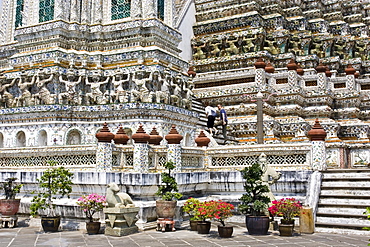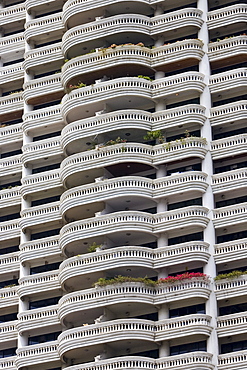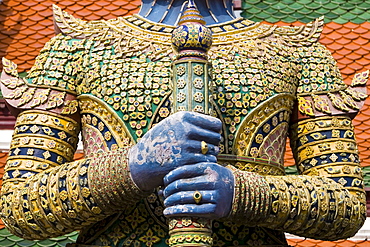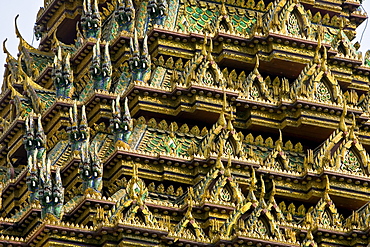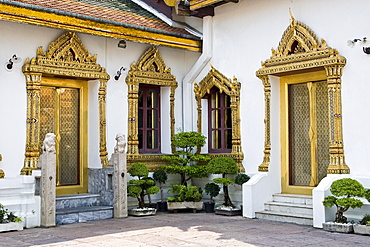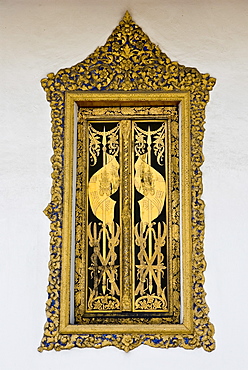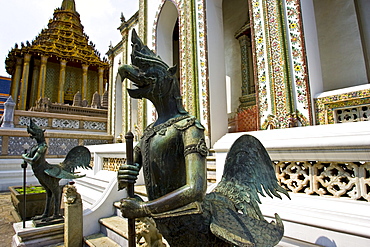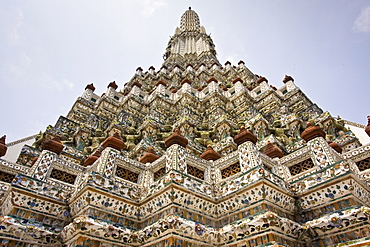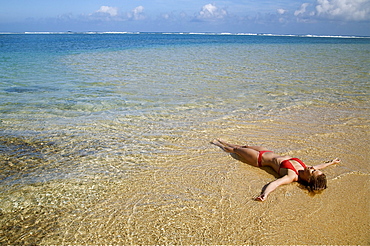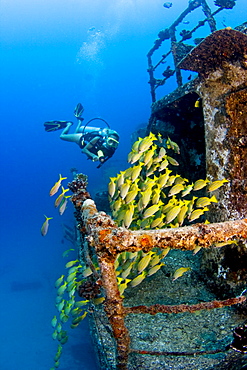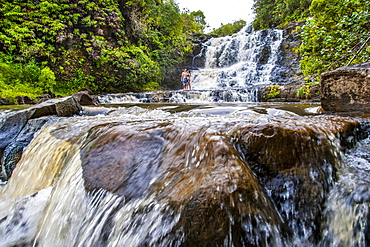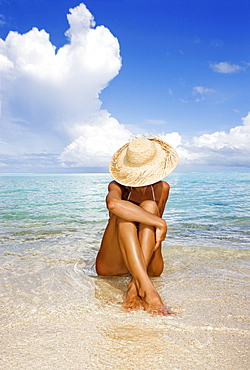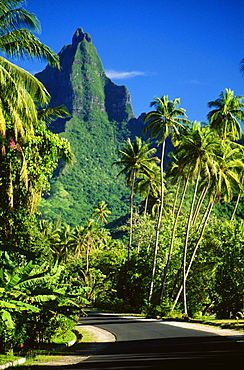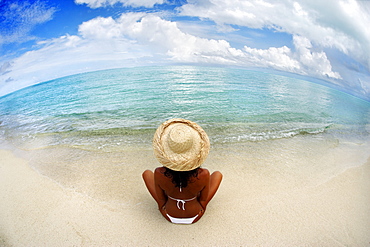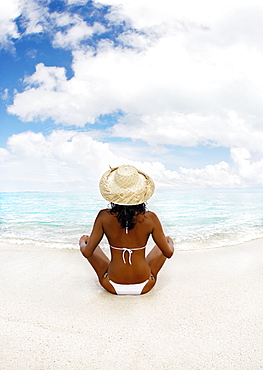Results
61 results found
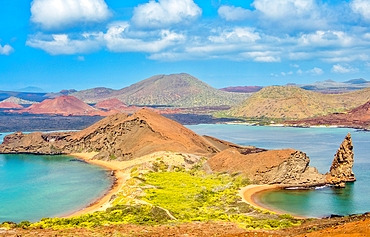
Bartolome Island with Pinnacle Rock, a volcanic plug, to the right, the location featured in the 2003 film Master and Commander, Galapagos islands, UNESCO World Heritage Site, Ecuador, South America
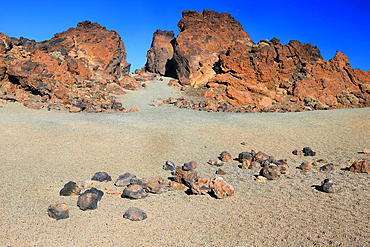
El Teide National Park, UNESCO World Heritage Site, Tenerife, Canary Islands, Spain, Atlantic, Europe
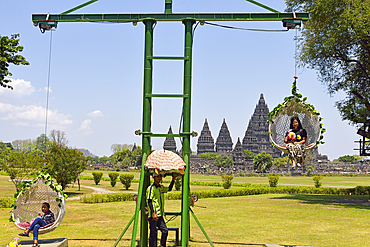
Mobile lifting chair, tourist attraction at Prambanan Temple Compounds, UNESCO World Heritage Site, region of Yogyakarta, Java island, Indonesia, Southeast Asia, Asia
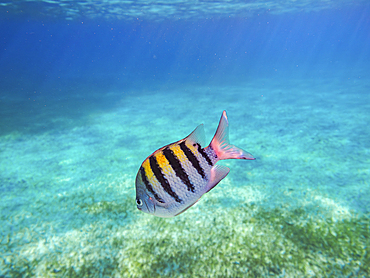
The sergeant major or pintano fish(Abudefduf saxatilis) seen during the Palancar Gardens, El Cielito and Colombia Deep Reef Snorkelling Tour, Cozumel Island, Quintana Roo State, Mexico
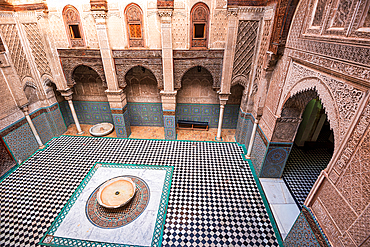
Beautiful interior and Islamic mosaic art, Al-Attarine Madrasa in the Medina of Fes, UNESCO, Morocco

View of colourful architecture at Nagaa Suhayl Gharb on the Nile river near Aswan, Aswan, Nubia, Egypt, North Africa, Africa
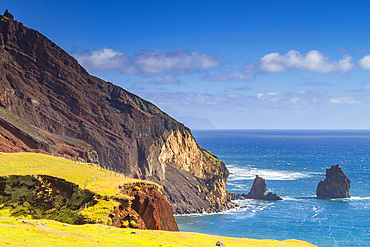
View of the volcanic shoreline on Tristan da Cunha, the most remote inhabited location on Earth, Tristan da Cunha, South Atlantic Ocean
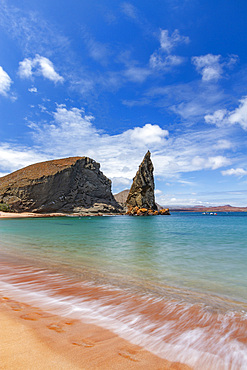
A view of the island of Bartolome in the Galapagos Islands, UNESCO World Heritage Site, Ecuador, South America
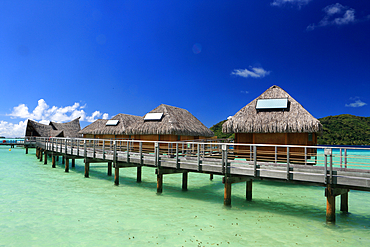
Le Bora Bora by Pearl Resort, Moto Tevairoa island, Bora Bora, French Polynesia, South Pacific, Pacific
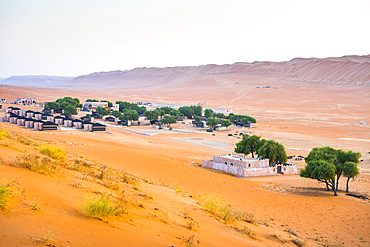
The Thousand Nights Camp in the Sharqiya Sands, formerly Wahiba Sands, desert region, Sultanate of Oman, Arabian Peninsula
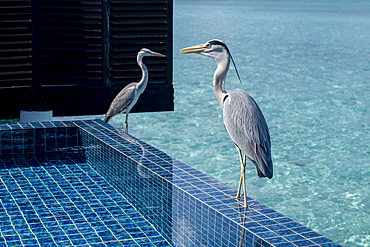
Two Grey Herons (Maakana) on the edge of a swimming pool overlooking the lagoon on an exotic Island in The Maldives, Indian Ocean
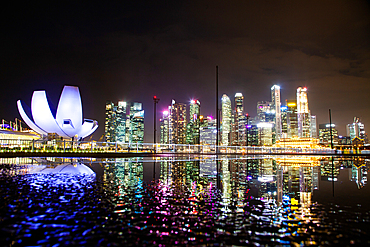
Skyline of Singapore Marina Bay at night downtown core skyscrapers and the Art Science museum, Singapore
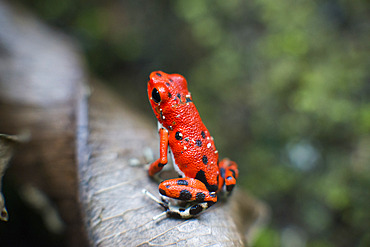
Strawberry Poison Frog (Dendrobates pumilio), adult, Bastimentos National Park, Bocas del Toro, Panama. The strawberry poison frog or strawberry poison-dart frog (Oophaga pumilio or Dendrobates pumilio) is a species of small amphibian poison dart frog found in Central America. It is common throughout its range, which extends from eastern central Nicaragua through Costa Rica and northwestern Panama. The species is often found in humid lowlands and premontane forest, but large populations are also found in disturbed areas such as plantations. The strawberry poison frog is perhaps most famous for its widespread variation in coloration, comprising approximately 15���30 color morphs, most of which are presumed to be true-breeding. O. pumilio, while not the most poisonous of the dendrobatids, is the most toxic member of its genus. The species is most diverse in Panama with varieties in vivid shades of all red, orange, blue, yellow or green, green and yellow, white with red, orange or black and spotted varieties. The most colorful mix is found in Isla Bastimentos Marine National Park though not all in one place. Colors vary by location. A beach on the north side of the island is named after the species. Two of Southern Explorations' Panama tours visit red frog habitat. Both the eight-day Panama Adventure trip and eleven-day Panama Highlights trip spend time in Isla Bastimentos Marine National Park and the former also goes to Red Frog Beach.
The red frog is not as poisonous as some of its cousins and is not a threat to humans. It subsists on a diet of ants that dine on poisonous plants, providing the red frog its protective skin toxin. Males attract females with a loud quick chirp. To hear the distinctive sound before you depart on your Panama tours, go to the University of Michigan Museum's biodiversity website (www.animaldiversity.ummz.umich.edu.) After birth, the tadpoles climb aboard the mother who deposits them in different protected areas where she retu
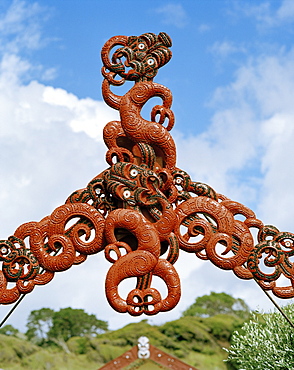
Traditional Maori wood carvings at the entrance of Marae Papatea, North coast, Eastcape, North Island, New Zealand
